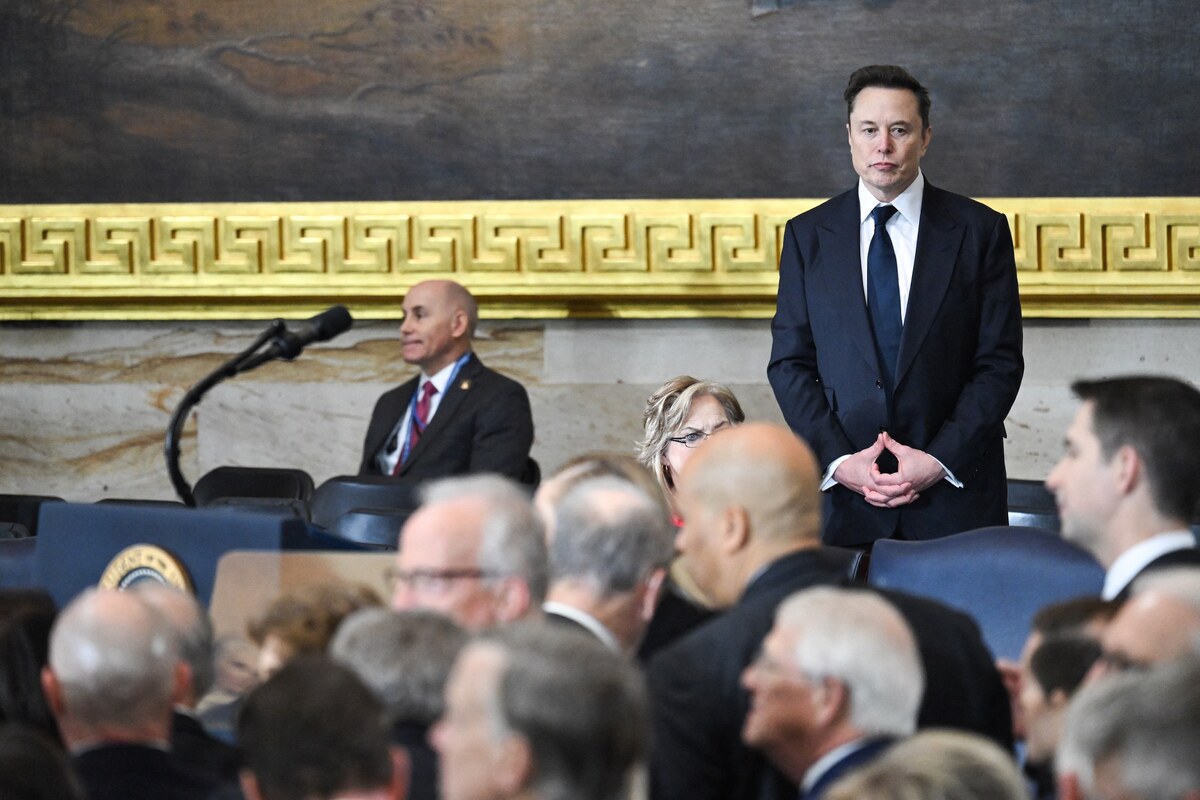Dhaka: The ouster of Bangladeshi Prime Minister Sheikh Hasina last August has opened a “new horizon of opportunities” for diplomacy with Pakistan, analysts, political parties and members of the public said, as Dhaka and Islamabad move to befriend each other after decades of acrimonious ties.
The head of Bangladesh’s interim government, Nobel laureate Muhammad Yunus, has met with Pakistani Prime Minister Shehbaz Sharif twice since taking office on Aug. 8 after Hasina fled the country following a student-led popular uprising against her government.
Hasina’s government was hostile toward Pakistan but closely allied with India, where she remains exiled. While her removal from office was followed by the cooling of relations between Dhaka and New Delhi, exchanges with Islamabad started to grow.
“The recent developments, in terms of bilateral exchanges with Pakistan, are a process to normalize the relationship. For various reasons, it was below the normal level in the last 15 years. Now, an opportunity has been created to normalize the relationship, which is natural between two states,” Humayun Kabir, former Bangladeshi ambassador to the US, told Arab News.
“I believe India can approach this bilateral relationship normally if they choose to. From India’s perspective, there is no reason to view it negatively. We want the relationship between India and Bangladesh to be considered bilaterally, without being influenced by issues with Pakistan. Similarly, our bilateral relationship with Pakistan will continue independently of any issues with India. I think this approach will create a dynamic in the relationship within the broader context of South Asia.”
Political parties that were in opposition to Hasina’s Awami League party’s government — its archrival the Bangladesh Nationalist Party and the largest Islamist party Bangladesh Jamaat-e-Islami, which was banned during her rule — were both optimistic about growing Pakistan ties.
“During the previous regime, Sheikh Hasina maintained close ties with only one country. In her own words, she said: ‘What Bangladesh has given to India, India will remember forever.’ This foreign policy was not the right approach,” said Matiur Rahman Akand, spokesperson of Jamaat-e-Islami.
Nawshad Zamir, the international affairs secretary of the Bangladesh Nationalist party, also welcomed the fact that the two nations had “resumed normal relationship, like before.”
But the memory of the 1971 war for independence remains alive.
Jamaat-e-Islami was at the time an active political party and during the war was aligned with Pakistan, opposing the independence movement.
On the other hand, the Bangladesh Nationalist Party was founded by Ziaur Rahman, a prominent Bangladesh Forces commander and one of the leading figures of the independence war.
While for both parties the normalization of ties with Islamabad is a welcome development, ordinary Bangladeshis see it with a dose of caution.
“We can establish regional cooperation. And I think this is a chance to become a regional leader … (but) personally, I believe that Pakistan first needs to deal with the 1971 issue,” said Mustafa Musfiq Talukdar, student at Dhaka University.
“In 1974, (Pakistan’s then Prime Minister) Zulfiqar Ali Bhutto came to Bangladesh and he kind of apologized personally, but it wasn’t something formal. So, we demand a formal apology from Pakistan for everything they did in 1971.”
For Tamim Muntaseer, a Dhaka-based researcher, an official apology was also essential for the relationship to move forward.
“We have seen that a new horizon of opportunities with Pakistan has been created. And I think this should be supported in terms of justice,” he said.
“Bangladesh and Pakistan are aligned in terms of their regional economy, trade … We should also consider people-to-people relationships.”
Such exchanges have already been underway over the past few months. Since December, Pakistani artists have been performing in Dhaka, while Bangladeshi films have been screened at cinemas in Pakistan.
Pakistani cargo ships also began to arrive at Bangladesh’s main Chittagong port for the first time since the 1971 war.
“I am quite positive about the current developments between Bangladesh and Pakistan,” Tahmid Al-Mudassir Choudhury, another Dhaka University student, told Arab News.
“I am not saying that we must forgive everything. Still, we can keep a good relationship with Pakistan … We have seen that in cricket: Bangladeshi people supporting the Pakistani cricket team, and the people of Pakistan also supporting the Bangladeshi cricket team. We can celebrate those similarities, and this can bring the people of Bangladesh and Pakistan together.”


























